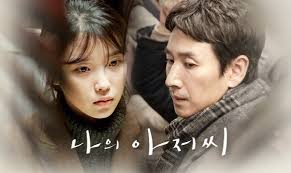The Cost of Freedom: A True Story, Part Four

The Conclusion of my Father's Wartime Adventures: "I was with other American prisoners of war, but did not feel like talking much. Once in the prison camp, I slept on a pile of straw with a blanket. We must have lined up for food distribution, but it was awful—all I remember is weed soup. We were mostly left to ourselves all day: there was no reveille or routine like that. I had left my clarinet “Elmer” in the barracks in England. (It was mailed to me years later—I had my name on the case.) But somehow I got a metal clarinet that came from the Red Cross—I still have it! I would go out into a ditch to play it, and had no trouble from the other prisoners. It kept me sane! We divided up Red Cross boxes from America that included cigarettes. I swapped mine for food and for a little notebook that was made by Russian POWs. The Russians were in their own compound enclosed by a barbed wire fence. It was separated from our compound by a spa




